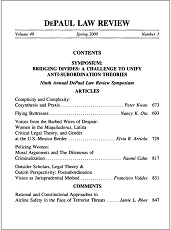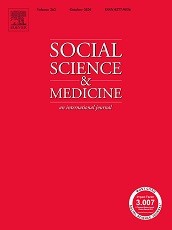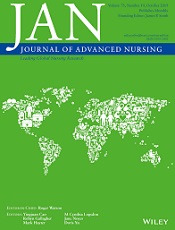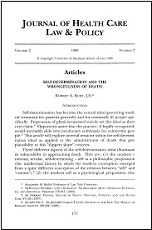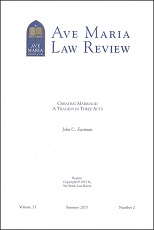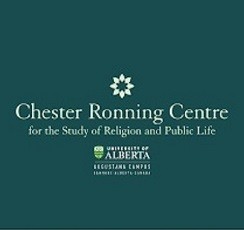Erin Whitcomb
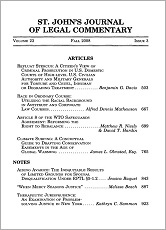
Abstract
Conclusion
American President Thomas Jefferson once explained, “[t]he price of freedom is eternal vigilance.”210 He also warned, “It behooves every man who values liberty of conscience for himself, to resist invasions of it in the case of others.”211 As this Note demonstrates, even in constitutional democracies that have provided their people with broad, enumerated individual liberties, the threat of erosion of rights is ever-present. No rights, even those that seem most fundamental—like freedom of conscience—are immune. They must be avidly protected and defended. The individual choice guaranteed by statutory conscience protection demonstrates respect for the autonomy of health care providers, promotes the integrity of the medical profession,212 and protects the rights of healthcare professionals without compromising those of patients. Failure to protect individual conscience rights will be devastating to any democratic society.213
The absence of a statute compelling health care professionals’ participation in abortion is irrelevant to those in functionally equivalent circumstances, just as the cases of registered nurse Sister Charles in South Africa, American nurse Catherina Cenzon-DeCarlo, and the unnamed Canadian medical student remind us. Health care professionals who are discriminated against on the basis of their conscientious unwillingness to participate in elective abortion procedures must not be left without a remedy. South Africa and Canada should enact statutory conscience protection measures without delay. Similarly, the statutory and regulatory conscience protection established thus far in the United States must be vigilantly protected from erosion.
A matter of choice for one person should not result in a matter of compulsion for another, particularly where the matter is one of such significant moral or religious import. The “freedom to choose” so often associated with elective abortion must be extended to medical professionals who would choose to follow the dictates of their own consciences in abstaining from a practice, which, in their view, is hostile to the ethical obligations of the practice of medicine and violates the profound and inherent dignity of the human person.
Whitcomb E. A Most Fundamental Freedom of Choice: An International Review of Conscientious Objection to Elective Abortion. St. John’s J Legal Com. 2010;24(4):771-809.
